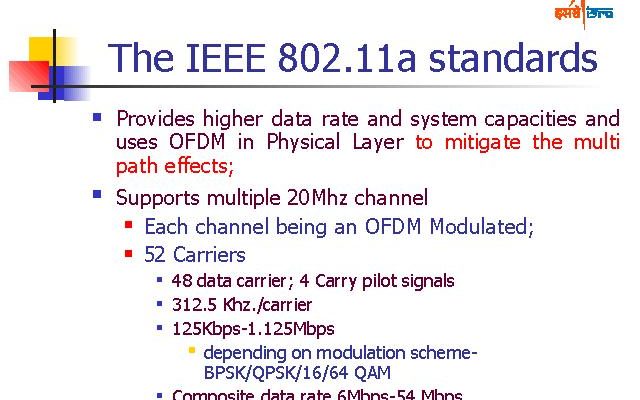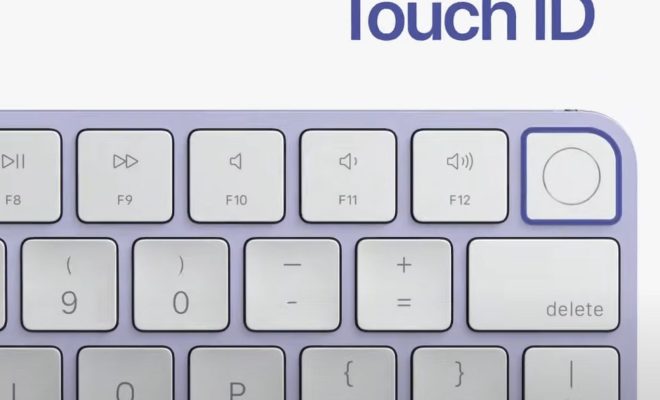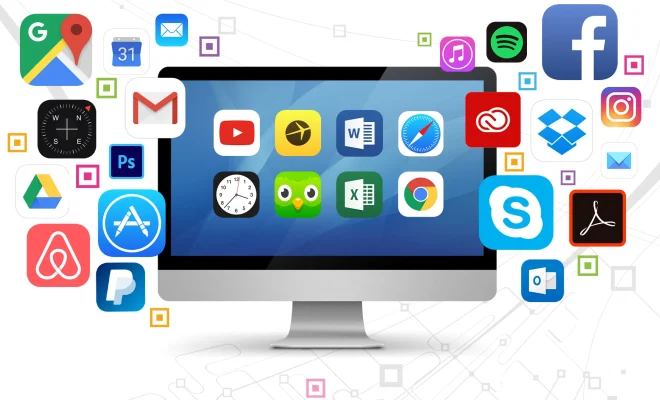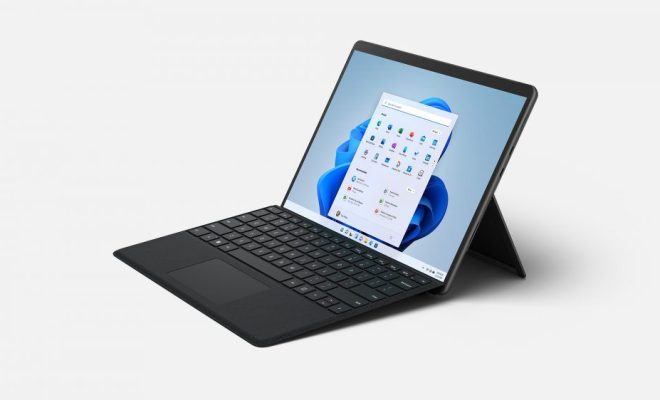What is a Direct Connection?

In today’s digital world, being connected is a non-negotiable necessity. Without a connection, you can’t communicate, use technology to get work done or access entertainment on the fly. While a lot of communication technology now relies on the internet, it’s important to also explore direct connections and their importance.
A direct connection, also known as a point-to-point connection or a dedicated line, is when two devices communicate with each other without any intermediaries involved. Unlike a conventional internet connection where data is transmitted through various servers, routers and switches before reaching its destination, a direct connection connects devices directly to each other without any lag or delays.
Direct connections are typically used in workplaces or between two places that have a close relationship, like two campuses or two buildings in a company. These connections come in two forms – wired and wireless.
Wired direct connections include ethernet cables that link two computers, hubs, routers or switches together. This sort of connection is straightforward and offers high speeds even for large amounts of data. It’s most preferred in a workplace since it’s less susceptible to interference or connection problems. Multiple systems can be connected to one another using a wired direct connection.
Wireless direct connections, on the other hand, utilize radio waves to establish connections between two devices. It’s typically used for short-range communication like printing from a smartphone to a printer. Wireless direct connections are usually easy to set up and use, making them popular for personal use.
In summary, a direct connection offers a stable and secure way for devices to communicate with each other with the least possible number of intermediaries. It offers faster connectivity, reliability, and more security than using the internet. It’s widely used in workplaces and in various industries, especially those that require data transfers. Direct connections, whether wired or wireless, offer a more convenient and efficient way to connect with others. In situations where privacy, speed and efficiency are necessities, direct connections help users to achieve their goals.





